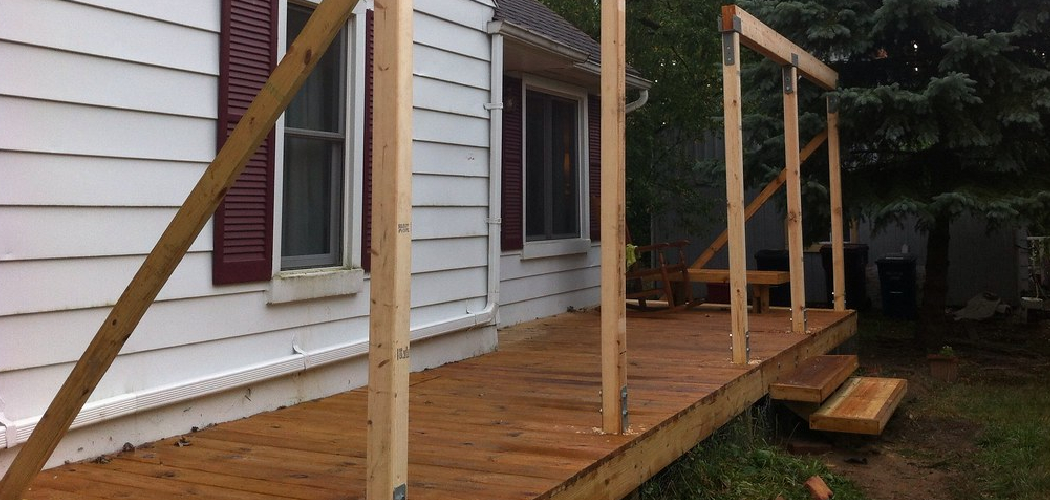Are you looking for the perfect way to extend your outdoor living space? Building a deck is an excellent addition that can grow with your family.
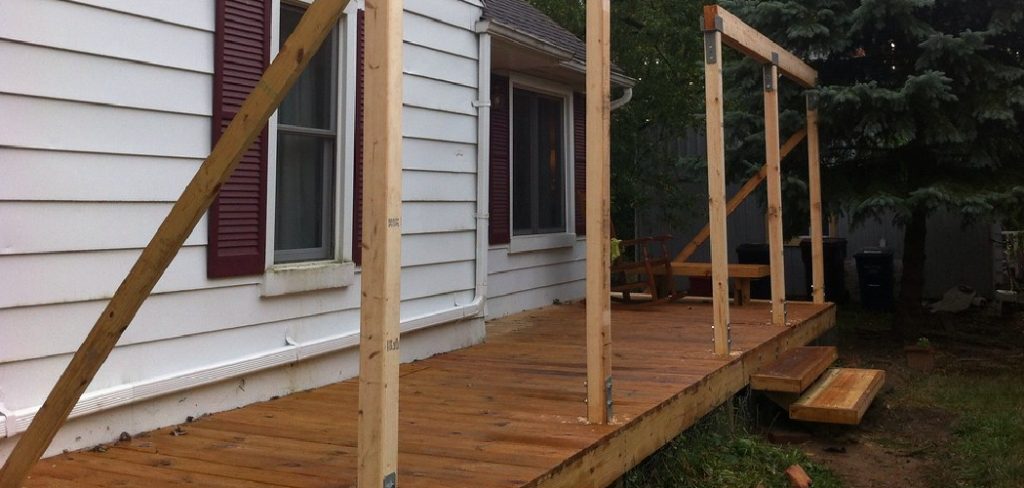
Attaching a deck to the house can provide an ideal solution for homeowners looking to add a little extra outdoor space to their homes. It dramatically increases your living area and gives you the perfect opportunity to create an attractive and comfortable setting for entertaining or simply relaxing in the backyard. Furthermore, with many different styles available, from freestanding platforms to multi-level plazas, setting up a new deck is easier than ever before.
In this blog post, we’ll look at some of the important steps needed when attaching a deck to your house – so if you’re ready for some handy DIY tips on how to attach a deck to a house, read on!
What Will You Need?
Before attaching a deck to your home, you must ensure you have all the necessary materials. This will depend on how large your deck is, but it should include the following:
- Decking material (wood or composite)
- Posts and footings
- Joist hangers/support beams
- Deck screws
- Nails/screws for the posts
- Lag bolts and washers
- Shims (to level out the deck)
- Post skirts
Once you have your materials ready, it’s time to start.
10 Easy Steps on How to Attach a Deck to a House
Step 1. Measure the Space:
Before you begin building your deck, make sure that you measure how much space you have available. Measuring the width and length of the area will ensure that your deck fits within the given space correctly. If possible, it’s best to measure from the outside of the wall, as this is how your deck will sit when finished.
Step 2. Choose Your Decking Materials:
Next, decide on the type of decking material you want to use – wood or composite. Take into account how large your deck will be and how much maintenance you’re willing to commit to to keep it looking its best. If you’re looking for a low-maintenance option, then composite is probably the best choice.
Step 3. Locate Posts & Footings:
Once you’ve chosen your materials, determine where your posts and footings should go. Posts are generally set about 8 feet apart from each other, while footings need to be placed deeper into the ground. It’s important to ensure that your posts and footings are level and secure, as this will help ensure your deck is stable in the long run.
Step 4. Attach Joist Hangers/Support Beams:
To attach the joist hangers or support beams to the house, use lag bolts and washers that have been rated for outdoor use. Make sure to position them correctly on both sides of the wall so that they align with each other when the deck is finished. Be careful not to tighten the bolts over, as this could cause damage to your house.
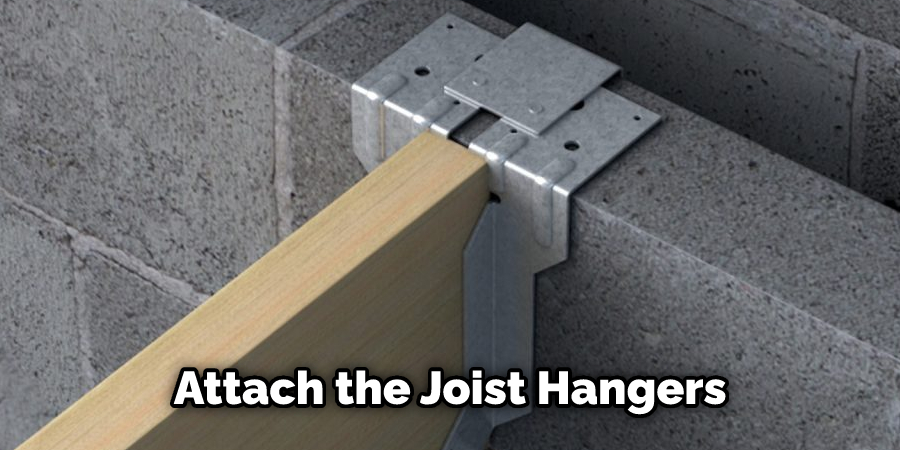
Step 5. Install Deck Boards:
Once you’ve attached the joist hangers or support beams, it’s time to start installing your deck boards. If using composite material, make sure to use decking screws that are designed specifically for this purpose. To ensure an even and secure fit, predrill your holes in the boards before attaching them to the joists.
Step 6. Secure Posts & Footings:
To secure your posts and footings, you’ll need nails or screws that have been rated for outdoor use. Make sure to use galvanized metal fasteners, as these will be more resistant to rust and corrosion over time. Predrill your holes if necessary, making sure to hit all of the posts securely into place.
Step 7. Level Out Your Deck:
After securing your posts and footings, you can begin adding shims between the joists so that the deck is level. This will help ensure that the deck is even and stable when it’s finished. Keep adding shims until you have an even base for your deck boards.
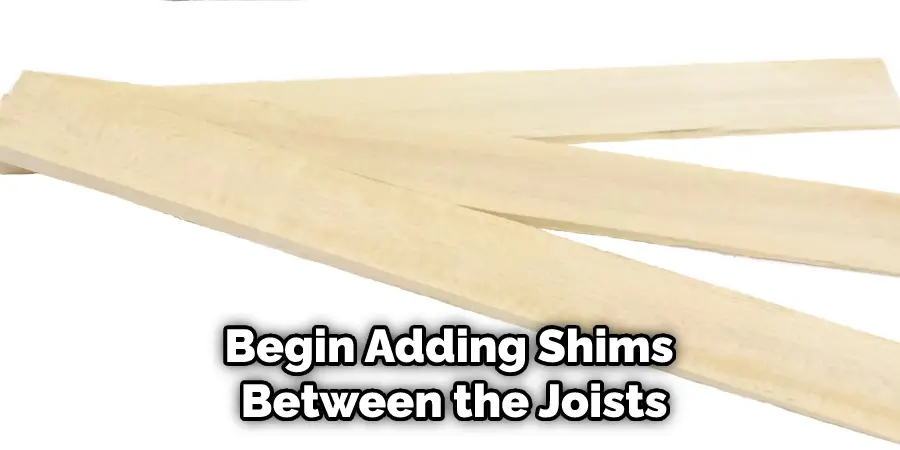
Step 8. Add Post Skirts:
Post skirts are a great way to give your deck a more polished look and make sure that everything looks finished. When installing post skirts, make sure to use screws that can be easily removed if needed in the future. Additionally, be sure to attach them securely, so they don’t come loose over time.
Step 9. Finish Your Deck:
Once all the posts and footings are secured, it’s time to finish your project by installing the rails and any other decorative features you want to add. If you’re using composite materials, make sure to use the right type of fasteners so that they hold up over time.
Step 10. Enjoy Your Deck:
Congratulations! You now have a beautiful deck that is safely attached to your house. With regular maintenance and care, it will last for years to come. Now all that’s left to do is sit back and enjoy the view from your new outdoor space!
That’s how easy it is to attach a deck to a house – we hope these steps have given you everything you need to get started on your DIY project.
5 Additional Tips and Tricks
1. When attaching your deck to the house, make sure that you use fasteners that are suitable for both surfaces. For example, if your deck is made of pressure-treated lumber, you should use lag screws that are galvanized or stainless steel.
2. Use joist hangers or post anchors to secure your deck’s posts to the ledger board securely. This will provide extra stability and support for the frame of your deck.
3. Attach 2x6s along all sides of the ledger board before attaching it to the house—this will help spread out and disperse any load forces transferred from the deck onto the house structure and prevent damage to it over time.
4. Make sure that all connections are strong and secure, as many decks are not built to last in the heavy-duty weather that can occur. Use proper fasteners, such as 1/2″ bolts or lag screws with washers for added stability.
5. It’s important that all connections between the deck frame and the house structure be sealed with caulk to prevent water from getting inside and causing structural damage over time. This is an often overlooked step but one that can save you a lot of headaches down the road!
These tips and tricks should help ensure your deck is securely attached to your house, providing you with years of enjoyment without worrying about any structural damage.
5 Things You Should Avoid
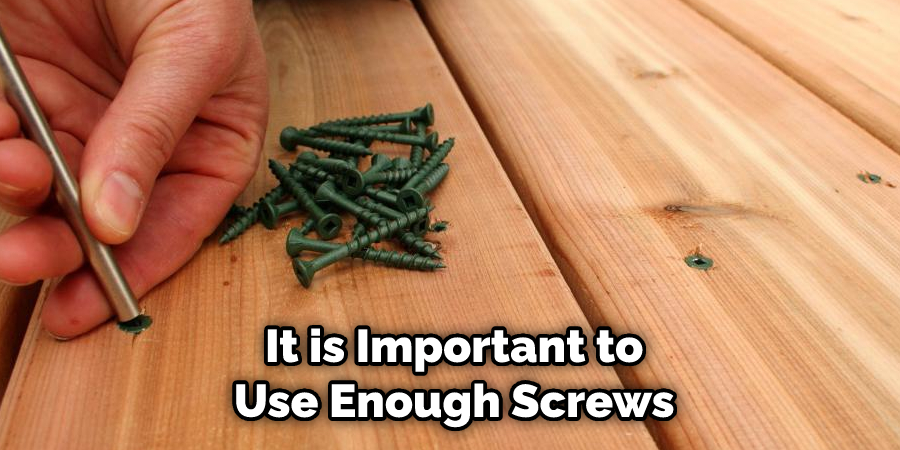
1. Not using the right tools for the job. When attaching a deck to your home, it’s important to use the appropriate tools and materials to ensure that the structure is secure.
2. Not using enough screws or lag bolts when attaching the deck frame. It is important to use enough screws and lag bolts when attaching a deck frame so that it will be strong and secure.
3. Not properly spacing out your framing members when attaching them to your house’s framing. When attaching the framing members of your deck, be sure to space them out evenly so that the structure does not become unbalanced or unstable.
4. Not properly sealing around the frame’s connection points with a sealant such as caulk or silicone. Using a sealant around the connection points is important so that moisture won’t penetrate and cause rot or other damage over time.
5. Not anchoring the posts securely into the ground when building a free-standing deck. If you are constructing a free-standing deck, it is crucial to make sure that all of your posts are anchored securely into the ground in order for them to be stable and secure.
Following these tips will help you ensure your deck is properly and securely attached to your home. Remember, a secure deck will last for years and give you peace of mind knowing it’s safe for you, your family, and your friends. With these tips in hand, attaching a deck to a house should be easy for anyone!
How Do You Attach a Deck to a House Foundation?
When attaching a deck to the house foundation, it is important to use fasteners that are suitable for both surfaces. This typically means using lag screws or bolts made from galvanized or stainless steel. Depending on how your deck is designed and how much weight it will be expected to bear, you may need extra support under the ledger board – such as joist hangers or post anchors – to ensure that nothing shifts over time.
Once attached securely with the proper fasteners, make sure all connections between your deck frame and your home’s structure are sealed with caulk so moisture won’t find its way in and cause damage. With these simple steps, attaching a deck to a house foundation should be easy for anyone!
Now that you know how to attach a deck to a house properly, it’s time to start your project. With these tips in mind, attaching a deck to a house should be simple and straightforward for any DIYer. Be sure to use the right tools, fasteners, and sealants so your structure will remain strong and secure over the years.
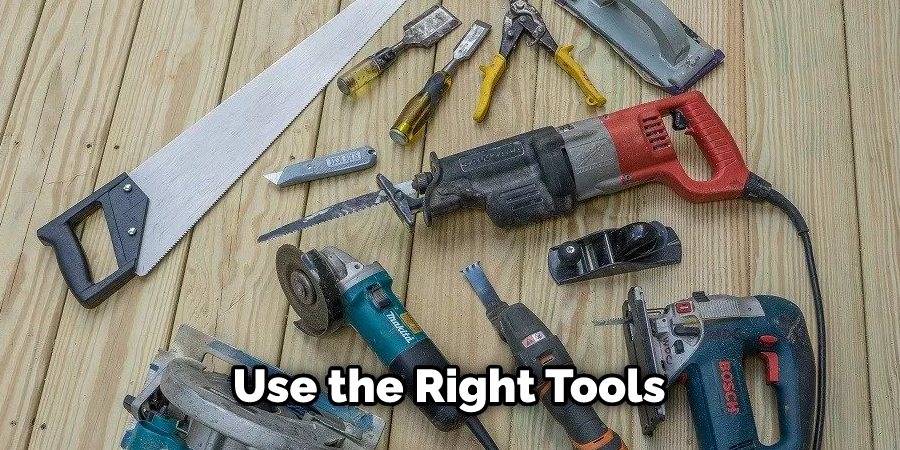
Conclusion
Ultimately, attaching a deck to a house requires knowledge of proper techniques and safety precautions in order to ensure optimal stability. Barnaby Bear Decking specializes in improving our client’s homes’ look, value, and longevity. We have the experience and integrity necessary to build the perfect deck for your house with expert craftsmanship, materials, and installation practices.
If you want extra outdoor living space for relaxation and entertainment, let us create a custom deck that will add beauty and provides your family and friends with memories worth holding onto. Contact Barnaby Bear Decking today to make your outdoor dreams come true together!
Hopefully, the article on how to attach a deck to a house has been helpful in understanding how this process works. Be sure to research and ask your contractor any questions you may have before beginning the project. With the right tools, materials, and instructions, anyone can create an outdoor space that will last for years to come!

